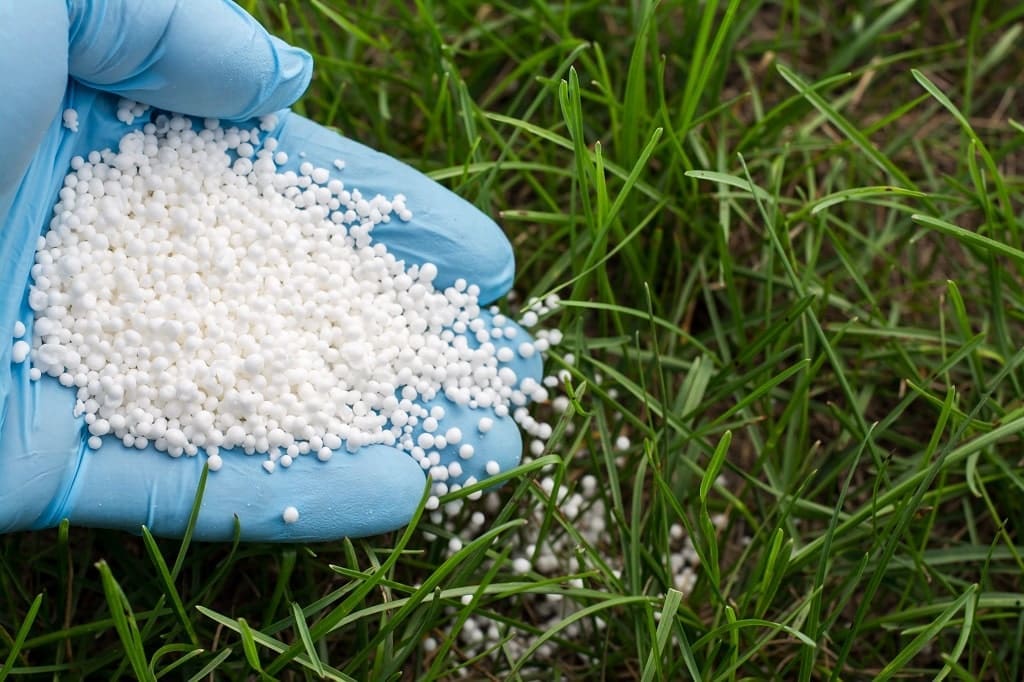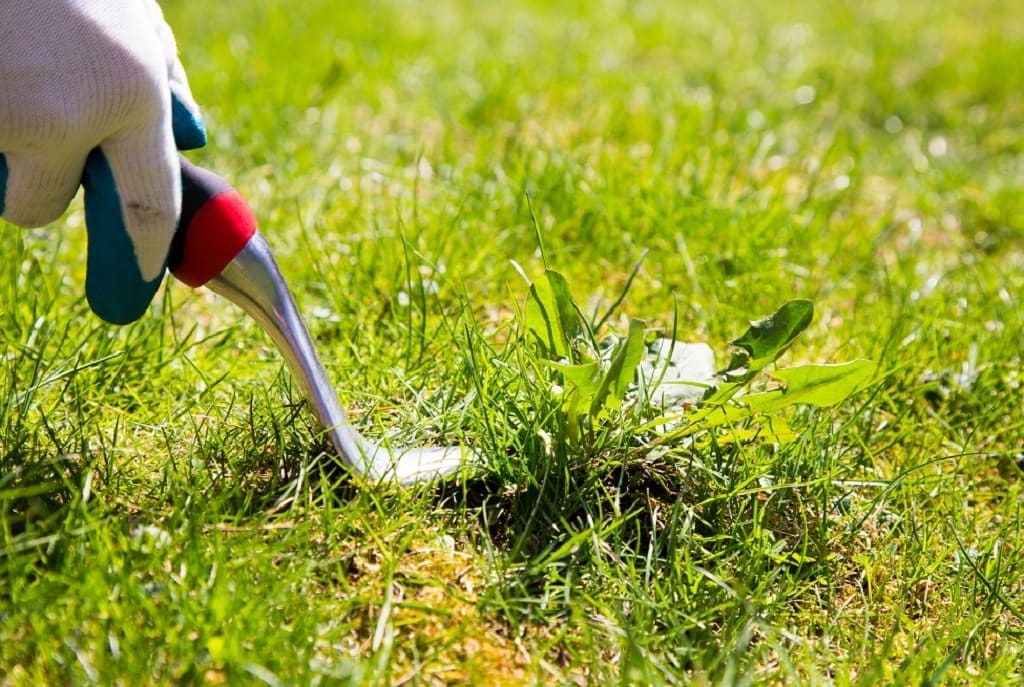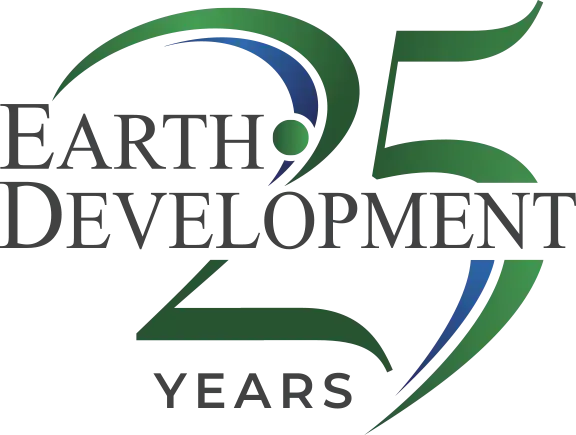Earth Development helps businesses across Green Bay, Milwaukee, and beyond, maintain stunning lawns throughout the year with our well-known and trusted commercial lawn care service. Our teams of local lawn care experts have all the tools, knowledge, and years of experience required to keep your business premises looking green and healthy through the summer months – but we also aim to provide valuable information right here on our website.
Let’s take a look at some of the best summer lawn care tips for you to remember this summer.
1. Understand Your Summer Lawn Type
Every lawn is different – and not just because the environment may differ. There are many varieties of grass, most of which have different needs when it comes to watering and general care. Taking care of lawns in the summer requires you to know what kind of grass you have.
Summer is technically the best growing time for your grass, but it also adds a lot of stress to the plants, too. Exposure to heat and drought makes it difficult for lawns to survive, which is why our commercial lawn care is so popular.
Whether you have cool-season or warm-season grass will help you determine what kind of care your grass needs.
Cool-season grasses include rye, bluegrass, and fescue. These grasses grow best at temperatures in the 60s (Fahrenheit). For warm-season grass, which includes Bermuda, Centipede, St. Augustine, and Zoysia, your grass will grow best in temperatures in the 70s.
For either kind of grass, you should expect to need to give your lawn extra care once temperatures exceed 80 degrees. This might include adding shade to your property.
2. Properly Water Your Lawn In Summer
Knowing the best time to water lawns in hot weather and how often to do it, is also extremely important. Warmer temperatures mean soil moisture evaporates more quickly. It means that grass blades begin to wilt and the grass suffers stress from a lack of moisture. In turn, this puts the grass at greater risk of disease or infestations from pests.
The best way for you to maintain a healthy lawn through the summer is to water the lawn deeply, but not every day. Thoroughly watering your lawn once or even twice a week is much better than watering your lawn every day.
If you’re using sprinklers, plan to water the lawn for roughly one hour per week – or be sure to apply an inch of water. You can measure the water you apply to your lawn with a rain gauge – but an easy way to do it is to put a jar or a can on your lawn and wait until the sprinklers fill it up to an inch. This is a really neat trick for lawn care in the summer heat and it makes a big difference.
3. Balance Lawn Fertilizing Schedule In Summer

There’s also the important matter of coming up with the right summer lawn fertilizer schedule and finding the best fertilizer for grass in summer.
It’s always wise to use a slow-release fertilizer on your lawn and to apply it every six to eight weeks. The fertilizer helps keep your grass healthy, which is particularly important when it faces the additional stress of drought and high temperatures.
Granular fertilizers are popular as they are easy to sprinkle evenly across the lawn. If you have warm-season grass, applying fertilizer in the early summer is always best. Remember, though, that applying too much fertilizer too often can burn your lawn.
These are just a few important reminders when it comes to summer lawn care fertilizer, but many businesses across the Midwest count on Earth Development to provide our signature lawn fertilizer services and handle this for them!
4. Mow Your Summer Lawn Often
While it’s important to water your lawn infrequently, you should be mowing it relatively frequently. For cool-season grasses, aim to keep your grass at between 3 and 4 inches in height. For warm-season grasses, mow to between 2 and 3 inches. Remember that cutting the grass too short, however, makes it difficult for it to absorb light and will put it at risk of disease.
Remember to also keep your mower blades sharp, too. When lawn mower blades go dull, they will tear your grass blades rather than cut them – potentially damaging the grass and also weakening the blades further.
5. Control Weeds

Summer is also the best time of the year to take control of weed infestations in your lawn. This is the time of year that weeds grow, bloom, and then spread their seeds for the coming year.
By using herbicides that kill broadleaf weeds, you can avoid killing your grass while also reducing the number of weeds that appear in your grass next year.
However, before using herbicides on your lawn it’s important to make sure that your lawn is properly fertilized and watered. If your grass has experienced stress because of high heat and a lack of nutrients, these herbicides may still cause damage to your grass.
An easier way to handle the weeds, however, is through our weed control services from local experts across the Midwest!
6. Don’t Forget About Pest Management
Don’t forget the pests! Lawns affected by drought or hurt by the heat of summer are more susceptible to a wide range of infestations, from chinch bugs and armyworms to webworms and more. Summer is the time to get a grip on the problem, and it all starts with keeping a healthy lawn that is naturally resistant.
Summer is also a time when fungal diseases can break out, like Brown Patch and Powdery Mildew.
A range of products may be useful to prevent infestations like this. Grub control applied in the midsummer can prevent the growth of grubs, while avoiding watering your lawn in the evening will help prevent fungal diseases. Pest control can be tough, which is why we recommend the services of our teams of local experts.
Leave it to the Lawn Care Professionals!
Need help maintaining the lawn on your business property this year? Earth Development has teams of seasoned professionals available throughout the Midwest.
Get yourself a free quote for all kinds of commercial landscaping services by giving the Earth Development team a call today!
